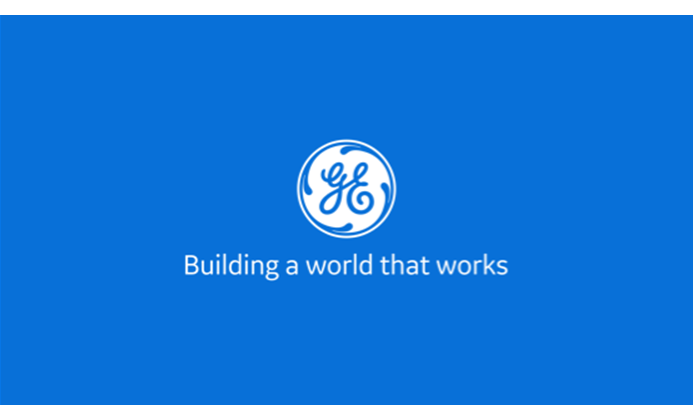With GE Vernova standing at the threshold of becoming a new purpose-built, energy-focused company in a few short weeks, it’s worth noting the inspiration for its name. It is, says the company, “a combination of ver, derived from verde and verdant to signal the greens and blues of the Earth, and nova, from the Latin novus, or ‘new.’” Novus also happens to be one of the roots of the word “innovation,” a pillar of GE from its founding. Innovation, then, is literally in the company’s DNA.
In 1876, a 28-year-old Thomas Edison came up with what may be his most underrated innovation: a laboratory and machine shop inside a single two-story building in Menlo Park, New Jersey. It’s a place he called his “Invention Factory,” and one that history calls the first R&D facility in the world. While the Menlo Park model was soon adopted by governments, universities, and rival companies, its DNA proved as distinct as it was world-changing, and it led to the birth of GE in Schenectady, New York, in April 1892.
Research has been a big deal at GE since the first decade of its existence. In 1900, Thomas Edison’s new company created the General Electric Research Laboratory, devoted to original research that would help the company innovate and maintain its competitive edge. It was an idea led by GE’s chief engineer at the time, Charles P. Steinmetz, who argued that innovation worked best when great minds were brought together under one roof. The lab began operations in a barn behind Steinmetz’s house in Schenectady, New York, before moving to its legendary headquarters there a year later.
The World’s Columbian Exposition of 1893 gave Chicago the nickname “White City” for the classical white buildings bathed, at night, by the bright glow of some 100,000 electrical lamps installed at the fair for the first time. But all that luminosity cast a shadow over one towering figure: Thomas Edison. The famous inventor and GE founder was bidding to supply electricity to those lamps, but he just lost the “war of currents” to George Westinghouse when the event’s organizers picked Westinghouse’s alternating current system over Edison’s direct current transmission lines.
Not every Thomas Edison invention turned to gold. In 1893, after he sold his stake in General Electric, Edison invested the money in an enterprise designed to supply iron ore to U.S. steelmakers. As usual, paying attention to every detail, he “designed his own studded crushers that enabled the use of larger boulders lifted by the world’s largest steam shovel,” according to InSight, a magazine published by the Institute of Electrical and Electronics Engineers.
Get your year in order, with a calendar that celebrates the best in science and innovation.
You can download the calendar here.
Phát triển các nhà máy mới để đáp ứng nhu cầu cao về cung điện tin cậy, bền vững với chi phí hợp lý và tìm kiếm nguồn vốn là những thách thức lớn cho ngành năng lượng Việt Nam trong thời gian tới. Trong khi chưa có giải pháp triệt để nào được đưa ra để giải quyết các vấn đề này, những công nghệ tiên tiến và giải pháp tài chính linh hoạt có thể là nhân tố giúp làm thay đổi bức tranh năng lượng của Việt Nam.
At night, the fair was lit by hundreds of thousands of incandescent bulbs. Although GE founder Thomas Edison had patented the light bulb 14 years earlier, no one had seen a light exhibit on the scale of the Chicago fair.














